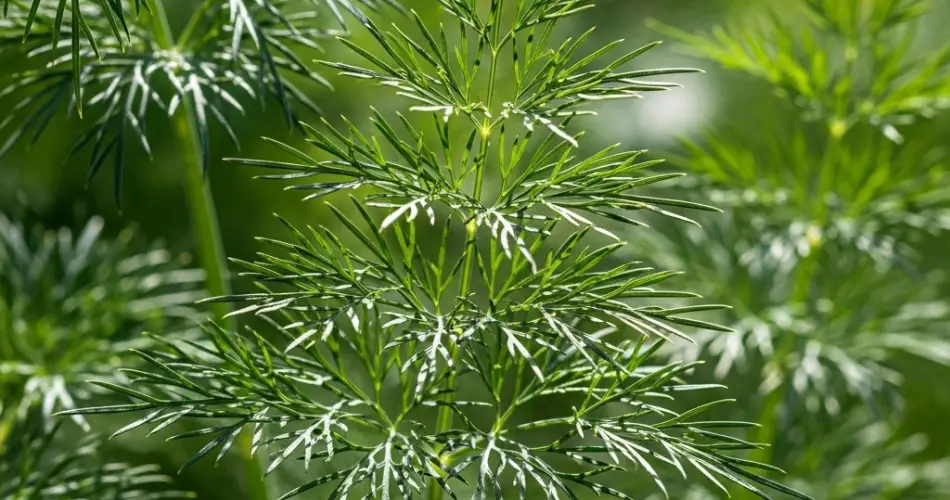Harvesting dill properly is essential not just for collecting its flavorful leaves and seeds, but also for ensuring the plant continues to thrive. Whether you’re growing dill in a container, raised bed, or traditional garden, the right harvesting techniques can make a big difference in plant productivity. Here’s a complete guide on how to harvest dill without damaging or killing the plant, so you can enjoy its taste all season long.
Understanding Dill Growth
Before you start harvesting, it’s helpful to know how dill grows. Dill (Anethum graveolens) is an annual herb that thrives in sunny spots and well-draining soil. It produces feathery leaves called dill weed and eventually sends up tall flower stalks that produce seeds. Both parts—the leaves and seeds—are useful in the kitchen and can be harvested at different times.
Dill grows quickly and begins producing usable leaves within 4 to 6 weeks from seed. The plant typically reaches a height of 2 to 3 feet. Harvesting correctly encourages fuller growth and delays the bolting process, when the plant shifts from producing leaves to flowering and seeding.
When to Harvest Dill Leaves
The best time to start harvesting dill leaves is once the plant has at least 4 to 5 sets of true leaves, typically when it is about 8 inches tall. At this point, the plant is strong enough to handle some trimming.
-
Early Morning is Best: Harvest in the morning when essential oil concentration in the leaves is highest, giving you the strongest flavor.
-
Before Flowering: Try to harvest dill leaves before the plant starts flowering for the best flavor. Once flowering begins, leaf production slows down and the taste of the leaves can become bitter.
How to Harvest Without Killing the Plant
To keep the dill plant healthy and producing, follow these techniques:
-
Use Sharp Scissors or Pruners: Clean tools prevent infections and reduce plant stress. Dull blades can damage the stems.
-
Cut Strategically: Trim the outer, older stems first. Leave the central growth intact so the plant can continue growing. Always leave at least one-third of the plant untouched so it can recover and regrow.
-
Pinch, Don’t Pluck: When harvesting small amounts, pinching the stems with your fingers is fine. But for regular harvesting, always use tools to avoid tearing the plant.
-
Don’t Over-Harvest: Avoid taking more than 30-40% of the plant at once. Over-harvesting stresses the plant and can cause it to bolt prematurely or die.
-
Cut Above a Leaf Node: Make your cut just above a leaf node (the spot where leaves emerge). This encourages branching and fuller growth.
Harvesting Dill Seeds
Dill also produces aromatic seeds that are great for pickling and seasoning. Once the flowers bloom and begin forming seed heads, you can start preparing for seed harvest.
-
Let the Flower Heads Mature: Wait until they begin to brown but before they shatter and drop seeds.
-
Cut and Dry: Snip off the flower heads and hang them upside down in a paper bag in a dry, well-ventilated space. The seeds will drop into the bag as they dry.
-
Store Seeds Properly: Once fully dry, store seeds in an airtight jar away from sunlight. They’ll stay viable for cooking or replanting next season.
Encouraging Continuous Growth
After each harvest, help your dill plant stay productive by:
-
Watering Consistently: Dill prefers moist but not soggy soil. Water deeply once or twice a week, depending on weather and container size.
-
Feeding Lightly: If you’re growing in pots, an occasional dose of diluted liquid fertilizer can keep growth vigorous.
-
Pinching Flower Buds: To delay bolting and encourage more leafy growth, pinch off flower buds as soon as they appear—unless you’re ready to collect seeds.
Final Tips for Healthy Harvests
-
Grow in Successions: Plant new dill seeds every 3-4 weeks during the growing season to ensure a continuous supply.
-
Watch for Pests: Aphids and caterpillars are common dill pests. Check leaves regularly and remove any by hand.
-
Trim Regularly: Even if you don’t need the leaves, occasional trimming promotes bushier growth and delays flowering.
By harvesting dill the right way, you not only enjoy its fresh, tangy flavor in your dishes but also extend the life and productivity of your plant. With a bit of care and mindful pruning, dill can be a reliable and rewarding herb in your garden or kitchen windowsill.



